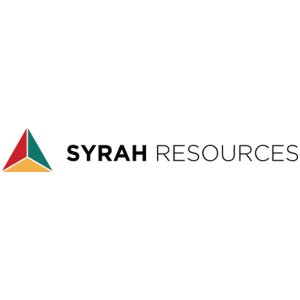Following on from the MineSafe 2021 conference with all stakeholders on 25 November, the Minerals Council convened to agree immediate steps for member companies to adopt to eliminate fatalities at their operations.
Member companies of the Minerals Council South Africa agreed and committed to eight measures they would implement immediately to urgently address and half the unacceptable regression in fatalities at the country's mines.
By December 13, 72 people have died in South Africa's mines compared to 52 in the same period last year/ This is the second consecutive year of regression in safety. In 2020, the industry recorded 60 fatalities compared to 51 the previous year, which was the industry's lowest number of fatalities.
"We know that the 72 is not just a number of statistics. These are people, families, relatives, friends, and colleagues. The impact of every single fatality is very well understood. As CEOs, we are called upon to show leadership. we have the influence and the authority to stop this. We do not want to be known as tey industry where people come to work and die," says Themba Mkhwanazi, Chair of the Minerals Council's CEO Zero Harm Forum.
The mining industry largely shuts down over the year-end period as employees spend time with their families around the mines, in other provinces, or neighbouring countries.
"It is very saddening to realise as we come to the end of 2021 as people prepare to go home, that for many of our families, colleagues, and friends, this will be a period of devastating sadness because of the losses of people dying at work," says Nolitha Fakude, President of the Minerals Council.
The Minerals Council Board, comprising of 29 CEOs of mining companies, agreed on short-term measures that member companies would adopt and implement immediately to prevent further fatal incidents.
1. Increased visible-felt leadership presence at mining operations.
2. Stopping unauthorised and uncontrolled access to old mining areas that are not routinely mined; and to effectively and rigorously conduct risk assessments and implement controls where work in previously mined areas is routinely undertaken.
3. Quality and scheduled maintenance programmes instead of opportunistic and ad hoc maintenance arising from production pressures.
4. Deploying competent and skilled employees in areas of high-risk work to provide adequate supervision, oversight, and risk assessment of that work.
5. Undertaking quality and scheduled critical-control monitoring and assurances to prevent falls of ground (FOG), transport-related accidents, and inundation of working areas.
6. Ensuring that incentives and bonuses for miners do not comprise their rights to stop or refuse unsafe work.
7. Implementing sufficient fatigue breaks and monitoring.
8. Conducting phased on-boarding after the holiday period of employees to ensure they are in sound physical and mental health.
Beyond these measures, members gave their full support to the MineSafe 2021 commitments jointly agreed to by the Minerals Council, the Department of Mineral Resources and Energy, organised labour, supppliers' organisations, professional associations, the Mine Health and Safety Council, and Mining Qualifications Authority.
To read the full press release from Minerals Council South Africa, click here.
By December 13, 72 people have died in South Africa's mines compared to 52 in the same period last year/ This is the second consecutive year of regression in safety. In 2020, the industry recorded 60 fatalities compared to 51 the previous year, which was the industry's lowest number of fatalities.
"We know that the 72 is not just a number of statistics. These are people, families, relatives, friends, and colleagues. The impact of every single fatality is very well understood. As CEOs, we are called upon to show leadership. we have the influence and the authority to stop this. We do not want to be known as tey industry where people come to work and die," says Themba Mkhwanazi, Chair of the Minerals Council's CEO Zero Harm Forum.
The mining industry largely shuts down over the year-end period as employees spend time with their families around the mines, in other provinces, or neighbouring countries.
"It is very saddening to realise as we come to the end of 2021 as people prepare to go home, that for many of our families, colleagues, and friends, this will be a period of devastating sadness because of the losses of people dying at work," says Nolitha Fakude, President of the Minerals Council.
The Minerals Council Board, comprising of 29 CEOs of mining companies, agreed on short-term measures that member companies would adopt and implement immediately to prevent further fatal incidents.
The eight interventions comprise of:
1. Increased visible-felt leadership presence at mining operations.
2. Stopping unauthorised and uncontrolled access to old mining areas that are not routinely mined; and to effectively and rigorously conduct risk assessments and implement controls where work in previously mined areas is routinely undertaken.
3. Quality and scheduled maintenance programmes instead of opportunistic and ad hoc maintenance arising from production pressures.
4. Deploying competent and skilled employees in areas of high-risk work to provide adequate supervision, oversight, and risk assessment of that work.
5. Undertaking quality and scheduled critical-control monitoring and assurances to prevent falls of ground (FOG), transport-related accidents, and inundation of working areas.
6. Ensuring that incentives and bonuses for miners do not comprise their rights to stop or refuse unsafe work.
7. Implementing sufficient fatigue breaks and monitoring.
8. Conducting phased on-boarding after the holiday period of employees to ensure they are in sound physical and mental health.
Beyond these measures, members gave their full support to the MineSafe 2021 commitments jointly agreed to by the Minerals Council, the Department of Mineral Resources and Energy, organised labour, supppliers' organisations, professional associations, the Mine Health and Safety Council, and Mining Qualifications Authority.
To read the full press release from Minerals Council South Africa, click here.


.jpg?ext=.jpg)
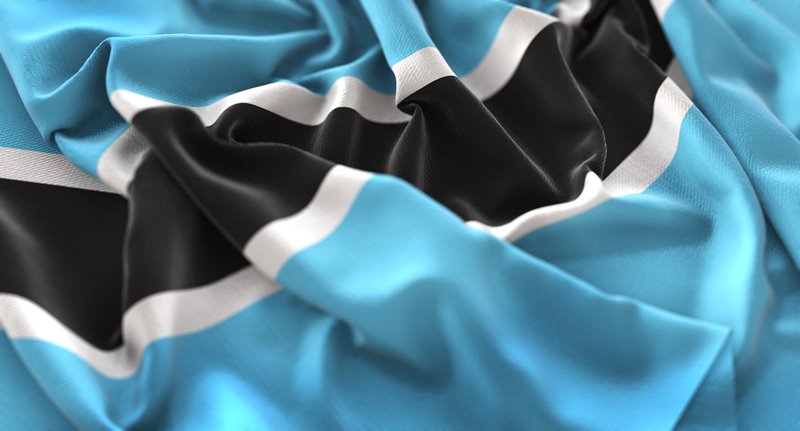



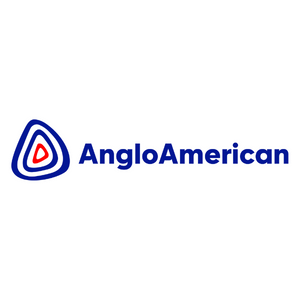
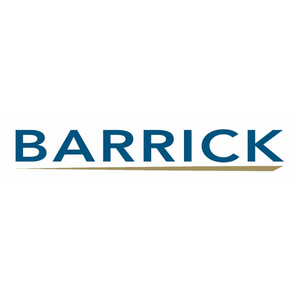
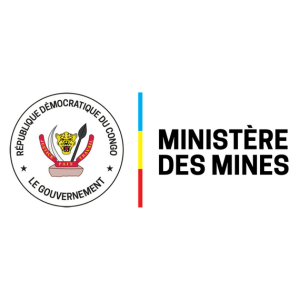

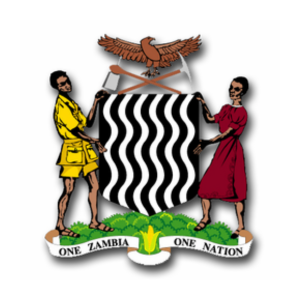

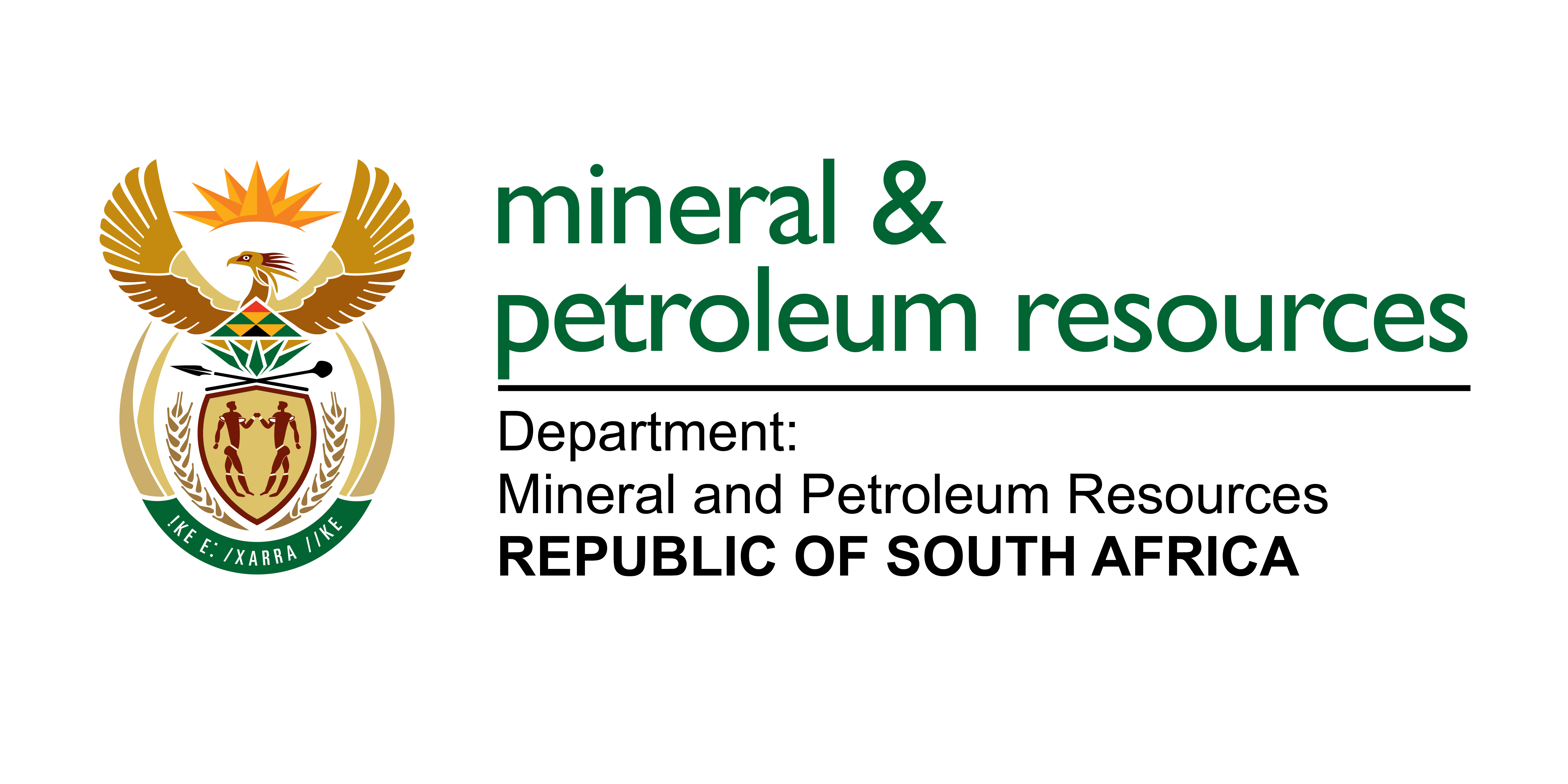-Logo_CMYK_1.jpg?width=1000&height=500&ext=.jpg)




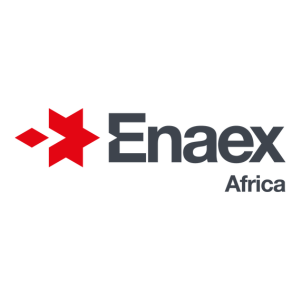


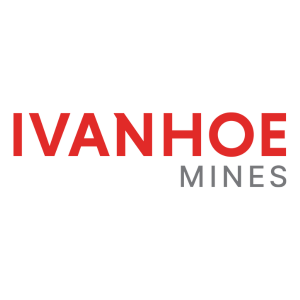
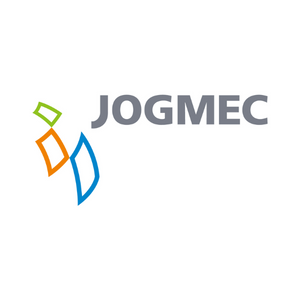

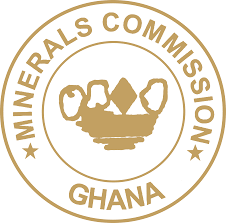
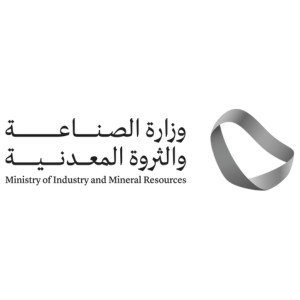
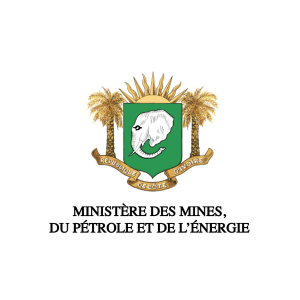
_1.png?ext=.png)
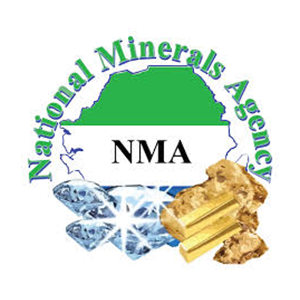

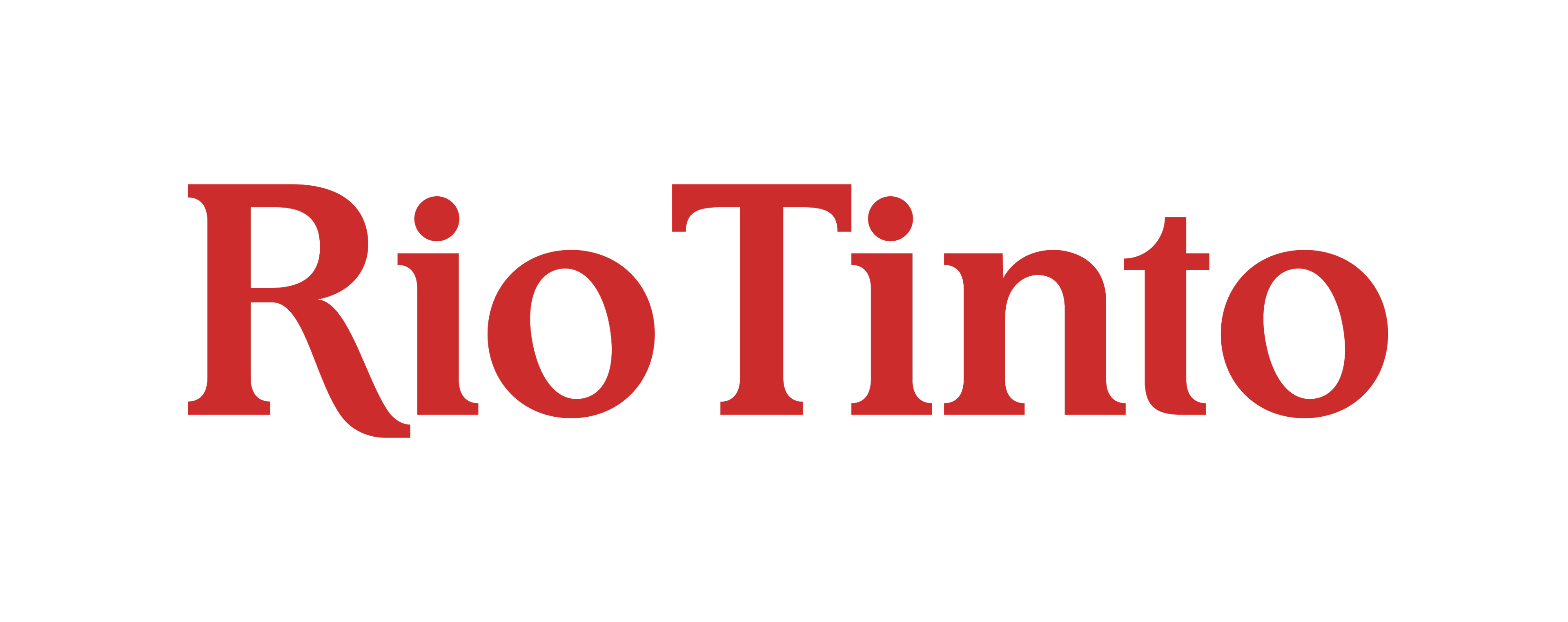



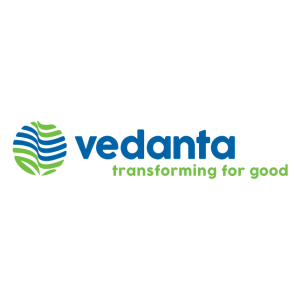






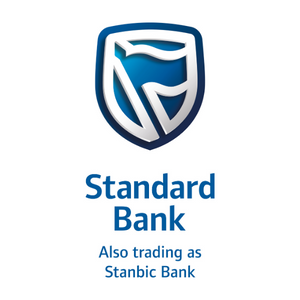


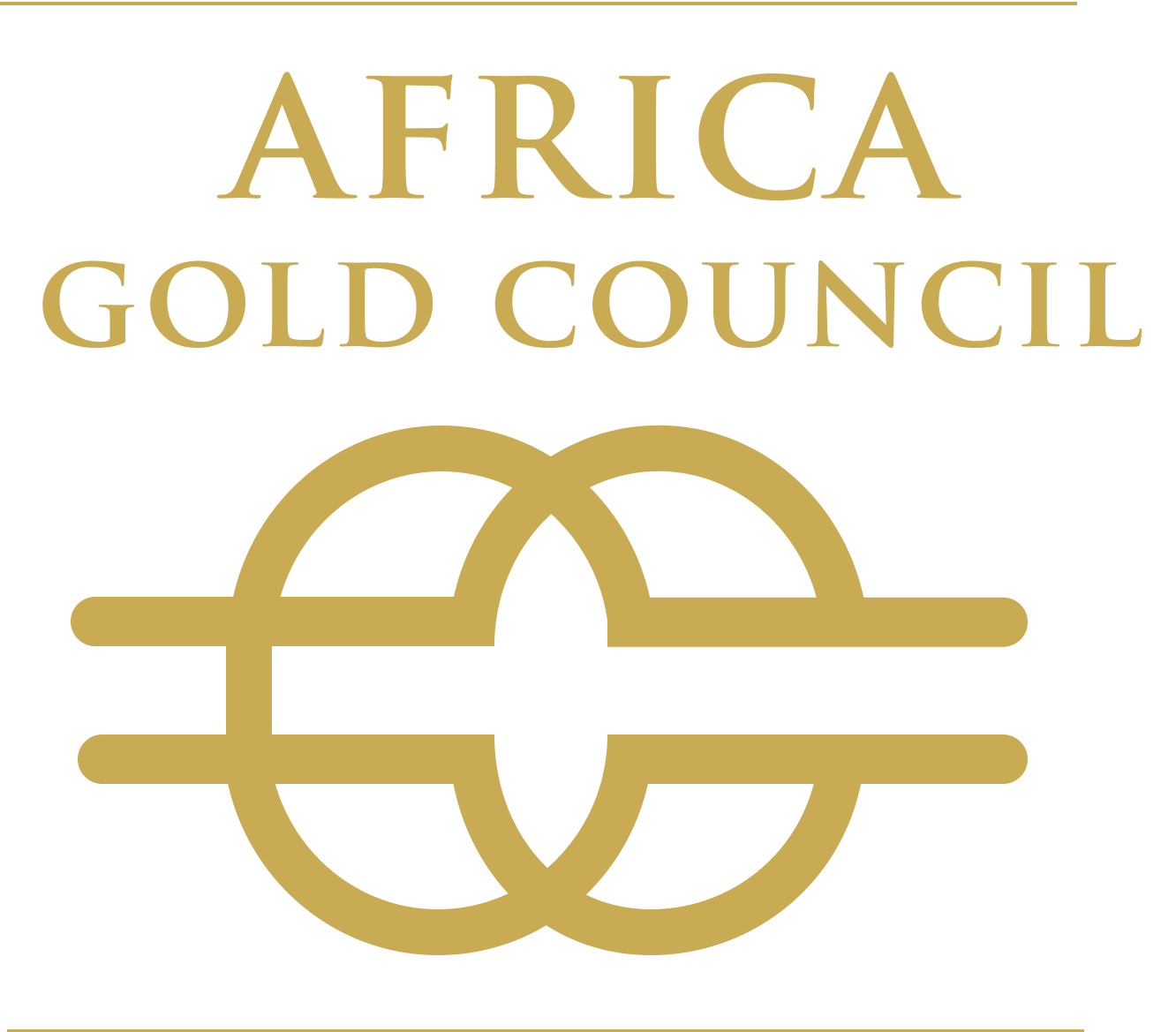

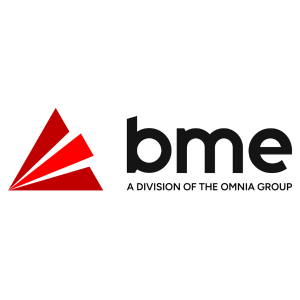









_mi25-weblogo.png?ext=.png)

